- Home
- Condensation
- How to Stop Black Mould
How to Stop Black Mould:
Learning how to stop black mould within your home is really important, as otherwise it will just keep reappearing.
If your home suffers from black mould, it can be worrying given its risks to health, especially for the very young or old, or those with pre-existing health conditions. An enquiry in late 2022 concluded that the tragic death of two-year-old Awaab Ishak was due to prolonged exposure to mould in his home. It is important to emphasise that that while this was a single case in a property that suffered from extreme mould issues, it re-enforces the need to stop mould forming within your home.
The good news is, you can certainly reduce the presence of mould within your home significantly and if you’re vigilant you should be able to stop it completely.
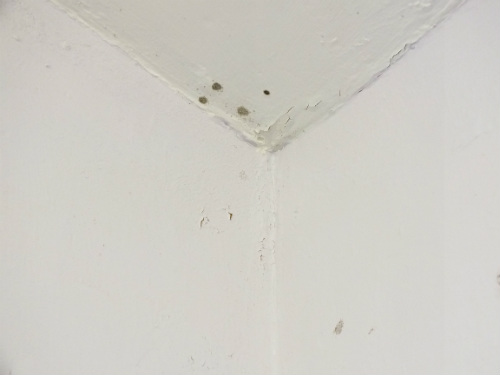
Before we get into how to stop black mould, it’s important to know why we end up with it in our homes:
Black mould tends to grow in areas of high moisture content and/or low ventilation.
For that reason we tend to find it first in:
Bathrooms - for obvious reasons, bathrooms tend to be very humid and they will tend to have condensation forming on the surfaces of the walls etc. following showers or baths.
In older properties that may have solid external walls, or uninsulated cavity walls this will be worse, as the surface temperature of the walls will be cold during the traditional condensation period (in the UK) from October to April. As soon as the surface temperature of these walls falls below the dew point you will get condensation. Then over a period of time mould begins to grow in that moisture.
So, if you have several people using the bathroom on a daily basis this process is accelerated, as the bathroom rarely gets a chance to dry out.
Corners of the ceilings in bedrooms - the easiest way to explain this one is to imagine filling the room with water and stirring it with a big spoon. Then imagine how the water in the centre of the room swirls around and moves a lot. Now picture the water in the corners of the room, this water hardly moves at all.
The air in your room moves in the same way, we just can’t see it. So in the corners of your room the air is still and warm air doesn’t get into these areas fully to help any condensation to evaporate.
The same is true of the spaces behind bed heads, wardrobes and other items of furniture. Couple that with cold walls and you end up with black mould forming fairly quickly.
Kitchens - As with bathrooms, these can be fairly damp as there is a lot of water vapour released during the cooking process, which will settle and condense on cold walls and surfaces.
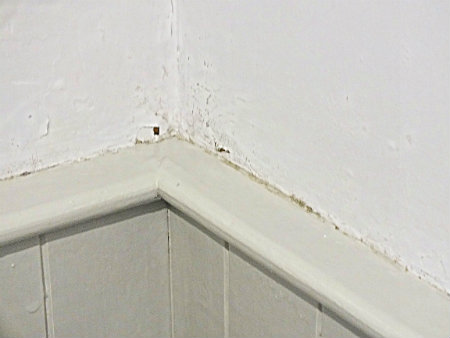
Now we know what causes it, how do we stop black mould?
Unfortunately, there is no magic bullet that we can use to stop black mould within our homes. But the basic premise is to increase heat and increase ventilation. That sounds really simple until you start to get into it.
Increase Heat:
Simple right, just turn the heating up! But with soaring heating costs not everyone can simply turn up the heat all day as that would cost a fortune.
Increase Ventilation:
Again, sounds easy, but if you open your windows or open all your trickle vents you’ll let all the heart out of your home at the same time.
So it is not as easy as it initially sounds.
The secret is to balance both heat and ventilation, and even that isn’t that straight forward, and while I wish I could say just do this and this and you’ll be good, unfortunately I can’t.
My best advice on how to stop black mould.
Firstly, clean off any existing black mould thoroughly and correctly.
Try to increase the temperature of the internal surface of your external walls - that could mean installing cavity insulation if you have cavity walls (this is a fairly affordable option, but personally I would never use a wool type insulation in a cavity and I’d always go with expanded polystyrene beads, but be careful as there are downsides with these also).
Installing internal or external insulation if you have solid walls (can be pretty expensive, so probably only an option if you’re going to be living in the property fairly long term).
Adding insulation is a one time cost that will reduce your ongoing heating costs as your home will be more thermally efficient and retain its heat longer thereby reducing your heating costs.
Increase heating periods - if you can’t afford insulation you will need to try to balance your heating with ventilation in such way that you try to get the walls to a temperature that is above the dew point and get good ventilation to remove the water vapour. One method of doing this is to install smart thermostatic radiator valves (TRVs) that can shut down your heating in that room while the window is opened (automatically detected) and then when the window is closed it opens the TRV on the radiator to heat the room again. The down side with these is cost as each TRV is likely to be around £60 - £80 and there will be other associated costs depending on how comprehensive a system upgrade you want to carrot out. But it should reduce your heating costs and avoid heating a room that is being ventilated via an open window.
You will also need to balance the heating process with ventilation and that can be achieved by simply opening the windows regularly, opening or installing trickle vents in your windows, if you don’t already have them. Or, by fitting a system such as a Positive Input Ventilator (PIV). A PIV works like an extractor fan, only in reverse.
Instead of sucking out air a PIV sits in the loft and push air into your property, thereby creating positive air pressure within your property. The positive pressure air then will escape via all the little gaps and holes within the fabric of your how (think gaps around doors, windows, service pipes, letterboxes, suspended timber floors, trickle vents etc.
How to Stop Black Mould, Conclusion:
The only way to reduce the presence of black mould is to balance heat and ventilation, to ensure the surface temperature of the walls and ceilings are above the dew point (the point where water vapour condenses) and the water vapour in the air is being diluted by fresh air, via opening windows, opening trickle vents or installing a ventilation system.
You should always clean off black mould as soon as you see it, it will be more difficult the longer you leave it.
So while there is no magic bullet, if you can follow the above guidance you should be able to minimise its occurrence with your home. And if you do have black mould here are some tips on how to clean it before you start the process of upgrading your home to prevent it.
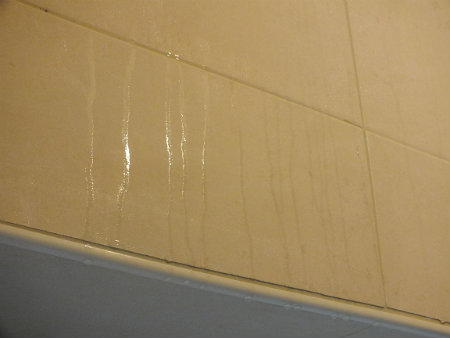
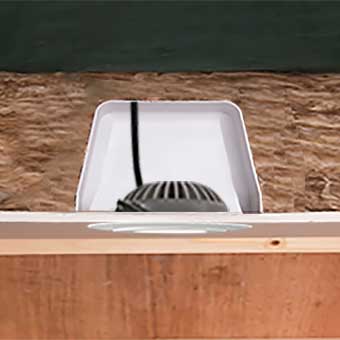
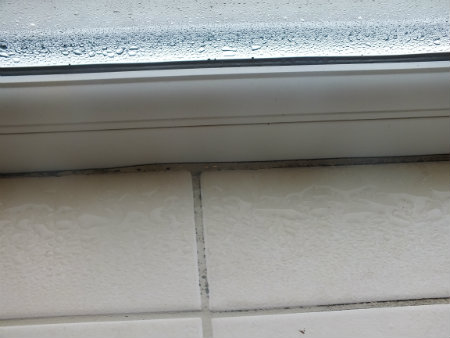
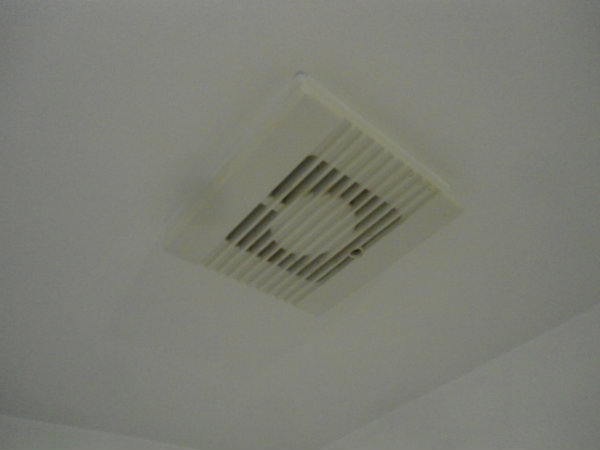

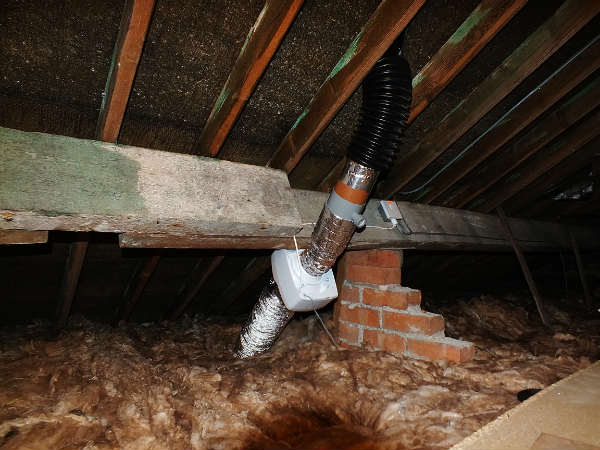







New! Comments
Have your say about what you just read! Leave me a comment in the box below.